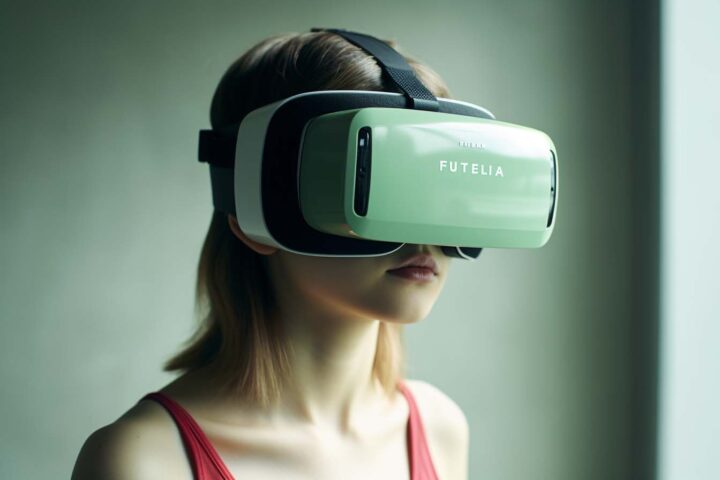Medical Technology in Space: Healthcare Beyond Earth
Preparing for long-term space missions
Space exploration has captured the imagination of humanity for decades. From the first manned moon landing to the advancements in satellite technology, we have made remarkable progress in our quest to understand the vastness of outer space. As we set our sights on longer and more ambitious missions, ensuring the health and well-being of astronauts becomes a crucial aspect. In this article, we will delve into the world of medical technology in space and explore how it is revolutionizing healthcare beyond Earth.
The Challenges of Space Healthcare
While space travel presents exciting opportunities, it also poses unique challenges for healthcare professionals. In the extreme environment of space, astronauts experience various physiological changes that can have profound effects on their bodies. Microgravity, radiation exposure, and isolation are just some of the factors that can impact the health of astronauts during long-duration missions.
(Microgravity, or the state of nearly weightlessness, alters the human body in numerous ways, including muscle loss, bone density reduction, and fluid shifts.)
–Radiation exposure in space can cause DNA damage, increase the risk of cancer, and weaken the immune system, leaving astronauts vulnerable to infections and diseases.–
Additionally, the psychological impact of isolation and being away from loved ones for extended periods can lead to mental health issues like depression and anxiety.
The Innovations in Medical Technology
Recognizing the unique challenges of space healthcare, scientists and engineers have been working tirelessly to develop innovative solutions. Medical technology advancements are crucial for maintaining the physical and mental well-being of astronauts during space missions.
—Telemedicine has emerged as a game-changer in space healthcare, allowing astronauts to consult with medical professionals on Earth in real-time.—
The use of sophisticated medical sensors and devices, such as wearable health monitors and diagnostic tools, enables continuous monitoring of vital signs and early detection of potential health issues. These technologies provide valuable data for medical professionals to assess and treat astronauts’ conditions, despite being millions of miles away.
(Specially designed exercise equipment helps mitigate the effects of microgravity on muscles and bone density. These devices simulate gravity and provide resistance training to keep astronauts physically fit.)
–Virtual reality (VR) technology is also being explored to combat the psychological challenges of space travel. VR can create immersive environments that help alleviate feelings of isolation and provide cognitive therapy for astronauts.–
The Benefits for Earth
While the primary focus of medical technology in space is to ensure the well-being of astronauts, the advancements made have significant implications for healthcare on Earth as well. The solutions developed for space travel often find applications in terrestrial medicine, benefiting patients around the world.
—Telemedicine, for instance, has proven useful in remote regions without easy access to healthcare facilities.—
The portable and easy-to-use medical devices designed for space missions can be adapted for use in disaster-stricken areas or underserved communities. The knowledge gained from studying the effects of microgravity and radiation exposure on the human body contributes to our understanding of various diseases and accelerates medical research.
Conclusion
In conclusion, medical technology in space is paving the way for healthcare beyond Earth. The challenges posed by space travel have driven remarkable advancements in telemedicine, wearable health monitors, exercise equipment, and virtual reality technology. These innovations not only ensure the health and well-being of astronauts during long-term space missions but also have far-reaching benefits for healthcare on Earth. As we continue to explore the vast expanse of space, our journey towards understanding the mysteries of the universe is intrinsically linked to our pursuit of better healthcare for all.







